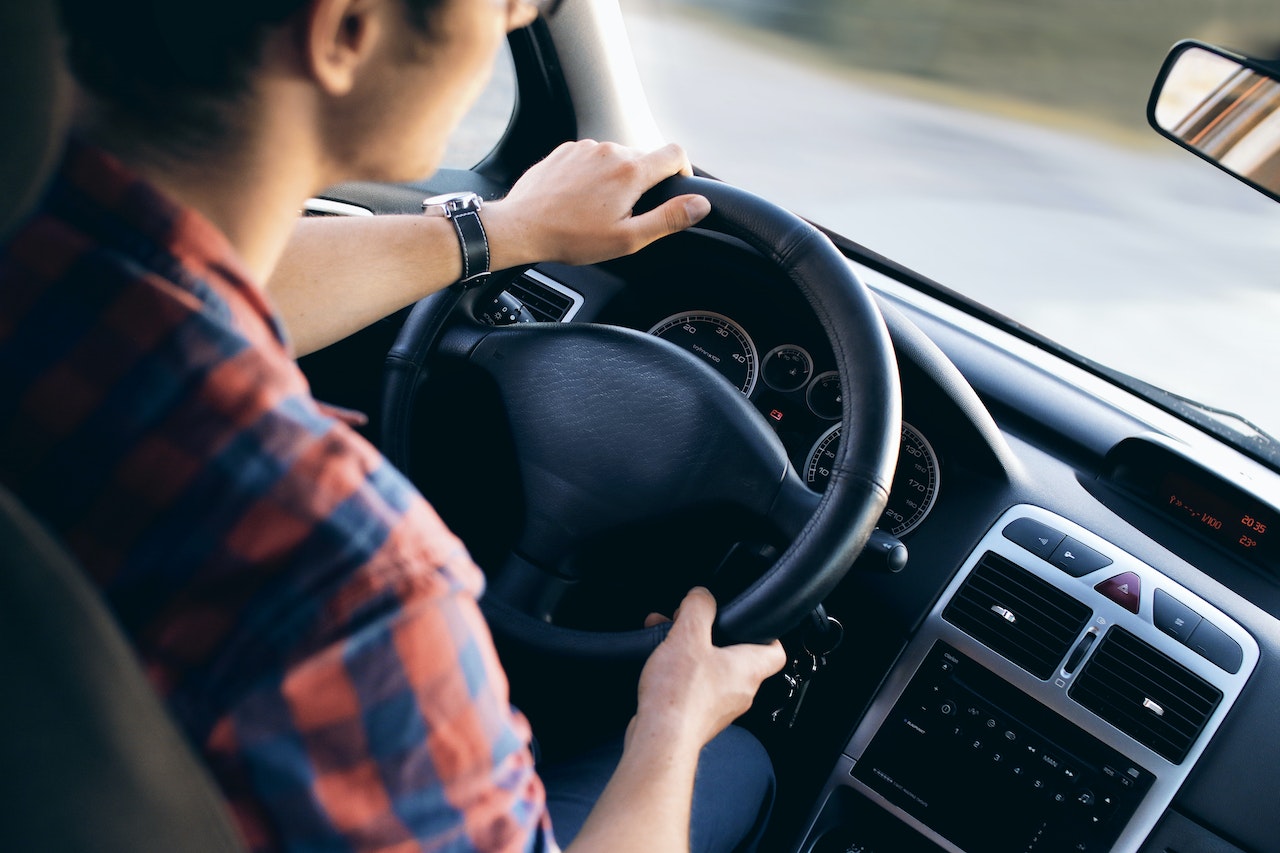
An incident involving a hit-and-run can be upsetting and perplexing. Being aware of what to do next is essential regardless of if you are a victim or a witness. Your quick response can significantly influence who is accountable and if justice is carried out. Walk through six crucial steps in this post to help seek assistance following a hit-and-run incident. Remember, quick and appropriate action can help law enforcement in investigations and ensure you receive the necessary support.
1. Ensure Your Safety
Ensuring safety following a hit-and-run incident is of utmost importance, and expanding on this critical step is essential. Whether you’re a pedestrian or a driver, the immediate focus should be on minimizing further harm. To avoid further collisions, drive your vehicle to the side of the road or a neighboring parking lot if it is still running and it is safe to do so. Check yourself and any passengers for injuries, even if they seem minor, as some injuries may not be immediately apparent.
For pedestrians, ensure you are in a secure location away from the road. If injuries are evident, or if there is any doubt, do not hesitate to call 911 for professional medical assistance. Remember that shock or adrenaline can sometimes mask pain, so you should have a medical evaluation to document any concealed injuries. Prioritizing well-being not only ensures immediate care for injuries but also creates a foundation for documenting the incident, reporting it to the authorities, and seeking compensation for damages or medical expenses if applicable.
2. Gather Information
Expanding on the importance of gathering Information after a hit-and-run incident is crucial for aiding law enforcement and ensuring the responsible party is held accountable. If you’re physically able and it’s safe, taking immediate action to gather as much detail as possible is vital. Beyond the make, model, color, and license plate number of the fleeing vehicle, note any distinguishing characteristics, like bumper stickers or visible damage.
Jot down the precise time, date, and location of the accident to provide a clear timeline for investigators. This collected information forms a critical foundation for law enforcement’s investigation and increases the likelihood of locating the responsible party. It’s also valuable when filing an insurance claim and reporting the incident to the authorities, as it enhances your credibility and the accuracy of the report.
Additionally, technology can be immensely helpful; if you have a smartphone, take pictures or record a video of the scene, showing the position of the vehicles and any pertinent details, as this visual evidence can provide important context for the investigation.
3. Contact Law Enforcement
In a hit-and-run aftermath, contacting law enforcement is vital. If it happens in Nevada, call the local police right away. Share detailed info on the fleeing vehicle, witnesses, and the accident’s time, date, and location. This helps their investigation. Be ready to state to clarify the circumstances and build a case.
Authorities may seek witness accounts. Reporting the hit-and-run to law enforcement, as per the requirements of car accident reports in Nevada, ensures that the incident is officially documented and sets the wheels in motion for a proper investigation, which is crucial in hit-and-run cases.
4. Seek Witnesses
Seeking witnesses and expanding on their importance in a hit-and-run scenario is crucial. If there are individuals who witnessed the incident, approach them politely and inquire if they’d be willing to provide a statement to the police. Witness accounts often serve as essential pieces of the puzzle in identifying the responsible party and strengthening your case.
It’s crucial to gather contact information from witnesses, such as their phone numbers or email addresses when conversing with them. This ensures that law enforcement or your legal representation can reach out to them for further clarification or to serve as witnesses during any legal proceedings. Collaborating with witnesses not only aids in the pursuit of justice but can also be instrumental in insurance claims or compensation efforts.
5. Document the Scene
Expanding on the importance of documenting the scene in a hit-and-run incident is critical for building a strong case and facilitating insurance claims. It’s essential to take clear photos of the accident scene, capturing not only the position of the vehicles but also any damage sustained by your vehicle or injuries suffered by you or others involved. These visual records serve as compelling evidence for law enforcement, insurance companies, and legal proceedings, helping to establish the extent of the damage and the injuries incurred.
Beyond vehicle and injury documentation, it’s equally important to capture images of any relevant road conditions, weather, or other factors that may have contributed to the accident. These additional details can provide context and help reconstruct the events leading up to the hit and run, which is particularly valuable when dealing with investigations and legal processes.
Conclusion
An incident involving a hit-and-run can be upsetting and perplexing. but it’s important to be aware of what to do afterward. Following these essential steps can help you stay safe, support law enforcement’s investigation, and facilitate insurance claims if needed. Suppose you find yourself involved in a hit-and-run incident in Nevada. In that case, it’s also important to be aware of the procedures related to car accident reports, which will vary depending on the location.


